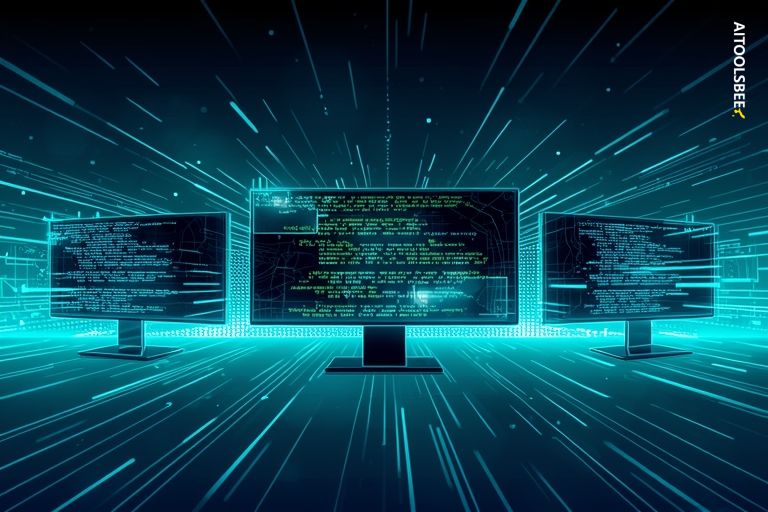
Rising Security Risks in AI Code Generation
The industry is entering a phase where code is being deployed faster than it can be secured, according to OX Security. The 'AI Code Security Crisis' report indicates that AI-generated code often appears clean and functional but hides structural flaws that can develop into systemic security risks.
OX analyzed over 300 software repositories, including 50 using AI coding tools such as GitHub Copilot, Cursor, or Claude. Researchers found AI-generated code is not more vulnerable per line than human-written code. The issue is the speed.
Bottlenecks like code review, debugging, and team-based oversight have been removed. Software that once took months to build can now be completed and deployed in days. This velocity means vulnerable code reaches production before proper examination or hardening.
Even before AI, security teams were overwhelmed. The report notes organizations handling an average of over half a million security alerts at any time. Now the pace of AI-assisted coding is breaking the remaining controls.
The study identifies ten 'anti-patterns' that appear repeatedly in AI-generated code, contradicting long-established secure engineering practices. Some occur in nearly every project, others less frequently but with serious consequences.
Researchers found AI code does not necessarily introduce more vulnerabilities like SQL injection or cross-site scripting. The danger lies in who uses it. AI tools enable non-technical users to create software without understanding security risks.
The report recommends embedding security knowledge directly into AI workflows. This means adding organizational 'security instruction sets' to prompts, enforcing architectural constraints, and integrating automated guardrails into development environments. Reactive scanning and post-deployment detection will not suffice when code can be rewritten and redeployed in minutes.

